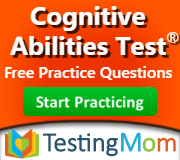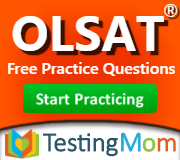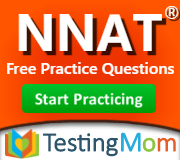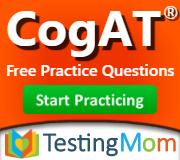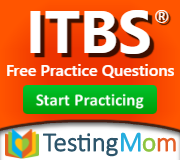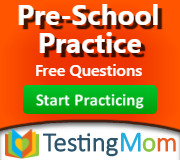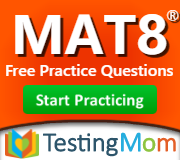Cognitive Ability Test Guide
By: Jessica McNally, Tests.com Contributing Writer
Many schools at the K-12 level use cognitive ability tests to place children at the appropriate grade level and for other school programs. Most of these tests measure a student’s aptitude in a variety of categories, by analyzing their quantitative, verbal, and reasoning skills. The following tests are a few options that parents and schools have for testing children’s’ cognitive skills.
CogAt
The Cognitive Abilities Test (CogAt) evaluates a student’s quantitative, verbal, and non-verbal reasoning abilities. The CogAt consists of a succession of three tests, each of which contains two or three different subsections that may include such subjects as figure analysis, equation building, and quantitative relationships. There are two separate versions of the CogAt:
- Primary Edition This tests evaluates the cognitive abilities of students at the kindergarten through second grade levels.
- Multilevel Edition This second version of the test evaluates the cognitive skills of students at the third to twelfth grade levels.
To learn more about the CogAt exam, please see the CogAt Test Guide or visit the CogAT Test Directory.
NNAT
The Naglieri Non-Verbal Ability Test (NNAT) assesses a child’s general reasoning ability. The NNAT is much shorter than the CogAt, it takes about 30 minutes to complete, and consists of multiple choice questions pertaining to the use of geometric shapes and designs. Since no math or English language skills are required, the NNAT is ideal for students from culturally diverse backgrounds who may not speak English as a primary language.
To learn more about the NNAT exam, please see the NNAT Test Guide or visit the NNAT Test Directory.
OLSAT
The Otis Lennon standardized test (OLSAT) is a verbally administered test used to evaluate a child’s fundamental learning abilities. The OLSAT is divided into four separate segments:
- Verbal Comprehension
- Verbal Analysis
- Illustrative Reasoning
- Figural Reasoning
The OLSAT consists of multiple choice questions, and if a student answers incorrectly her or she is not penalized. The test is structured so that easy questions immediately follow more challenging questions, so as to prevent children from becoming discouraged.
To learn more about the OLSAT exam, please see the OLSAT Test Guide or visit the OLSAT Test Directory.
WISC
The Wechsler Intelligence Scale for Children, more commonly referred to as the WISC, is a verbal test that assesses the intelligence of children ages 6 to 17. The test can be used to identify students who qualify for a school’s gifted program, but may also be utilized to diagnose learning disabilities, such as mental retardation or ADHD.
Upon the completion of the WISC, children are given a general IQ score as well as a breakdown of scores in four individual categories:
- Working Memory
- Perceptual Reasoning
- Verbal Comprehension
- Processing Speed
To learn more about the WISC exam, please see the WISC Test Guide or visit the WISC Test Directory.
WPPSI
Similar to the WISC, the Wechsler Preschool and Primary Scale of Intelligence (WPPSI) is also an IQ test used to evaluate a child’s intelligence. However, the WPPSI differs in that it is specifically designed for children between the ages of two and a half and seven years and three months old. At the end of the test, children are given a full report of their cognitive abilities test scores, including their individual test grade as well as national averages and percentile rankings.
The newest version of the WPPSI, the WPPSI-III, has been tailored to better fit the attention span of younger children. According to Pearsonassesments.com, all of the illustrations in the test booklet are “more colorful and more closely resemble illustrations found in materials familiar to children,” making the test easier for kids to comprehend.
To learn more about the WPPSI exam, please see the WPPSI Test Guide or visit the WPPSI Test Directory.
ITBS
The Iowa Test of Basic Skills (ITBS) evaluates a student's educational progress. The test includes sections on vocabulary, word analysis, reading, listening, language, math, social studies and science for students in grades K-2, and vocabulary, reading, spelling, grammar, word usage, math, social studies, science, maps, reference and word recognition for students in grades 3-8.
To learn more about the ITBS exam, please see the ITBS Test Guide or visit the ITBS Test Directory.
Sources: Riversidepublishing.com, Suite.101.com, Pearsonassesments.com

